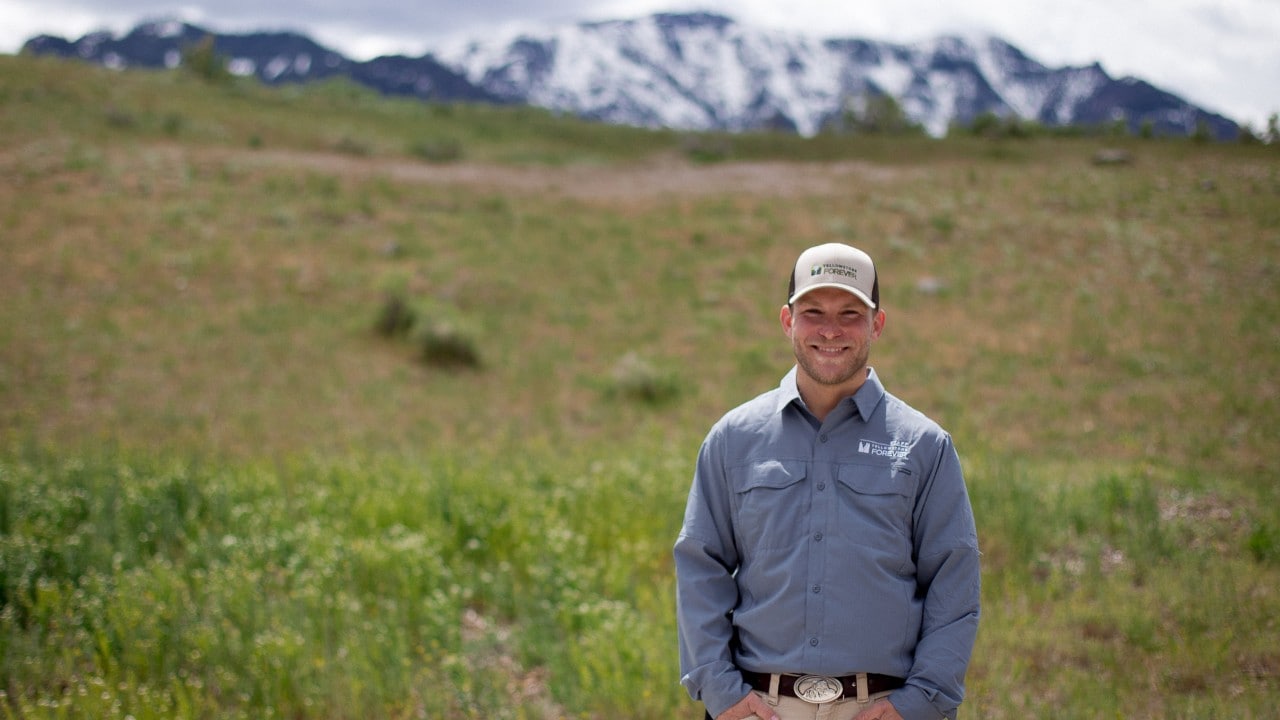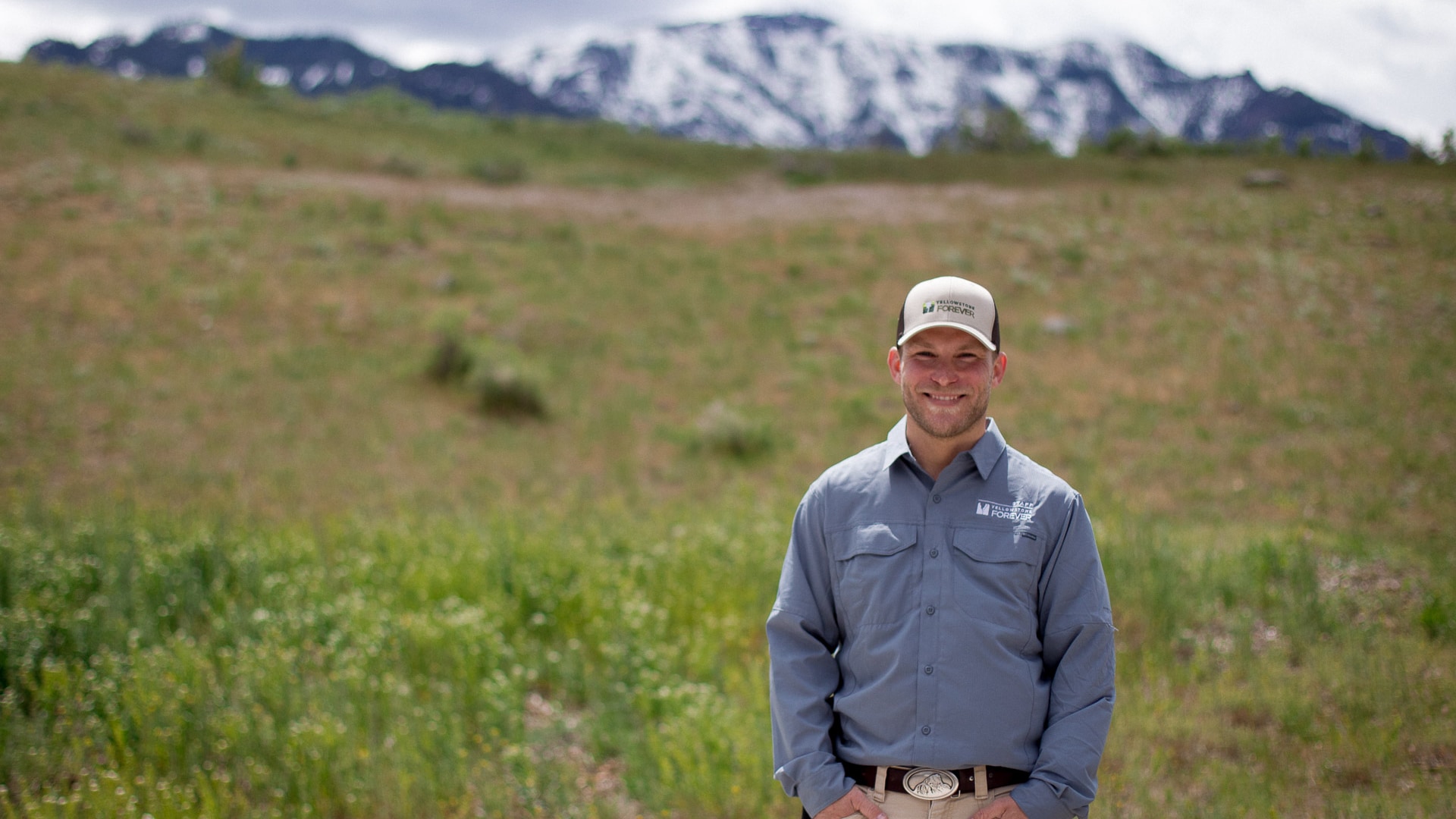Grizzly and Wolf Discovery Center Nurtures Wildlife
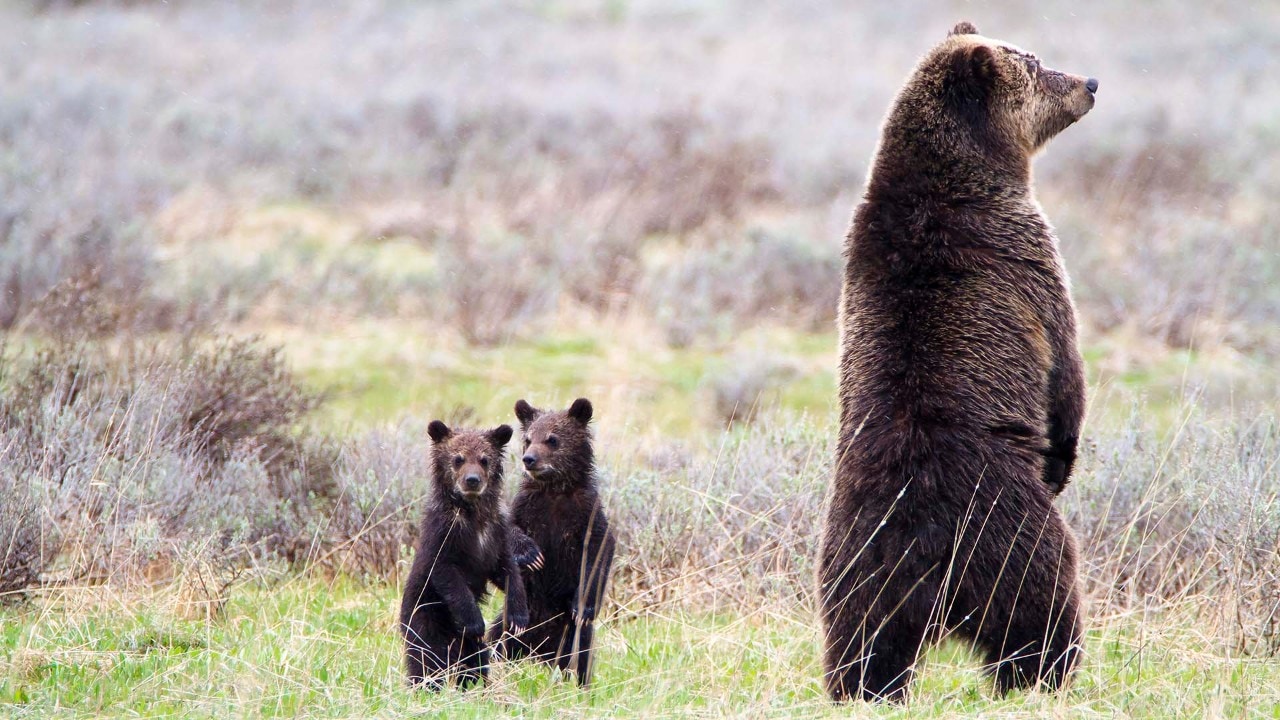
The GWDC gets some of its residents at an early age.
Above photo: The Grizzly and Wolf Discovery Center gets some of its residents at an early age.
Story by Jesse Hirsch; photos by Getty Images
Jesse is an editor for Pursuits with Enterprise, as well as for Los Angeles-based GOOD magazine. He lives in Brooklyn, where he writes about food, agriculture and travel.
Visitors learn about gray wolves and grizzlies — from a safe distance.
If you're a grizzly bear or a wolf, you walk a fine line in your human interactions. If you're too friendly, you may not understand the threat posed by many people ("Maybe I'll say hi to that guy wearing a bright orange vest!") And if you're too aggressive, well, we humans don't take kindly to wildlife that attacks us. So if you're a grizzly or a gray wolf who is too mean or too nice, what are your options?
Don't fret! In partnership with Yellowstone Park, the Grizzly and Wolf Discovery Center (GWDC) puts otherwise out-of-commission wolves and bears to work — as animal ambassadors. For 365 days a year, human visitors can get up close and personal with gray wolves and grizzlies in a controlled natural environment.
Founded in 1993 with a small coterie of three bears, the center was intended to house animals that had become too friendly or too aggressive with humans. GWDC was planned as a sanctuary but was sold to an entertainment company in New York, which announced plans to shut it down in 1999. Three longtime center managers saved the day, buying the GWDC and maintaining it as a functional and thriving nonprofit center.
The GWDC offers many exciting programs for its visitors, including the events and activities below.
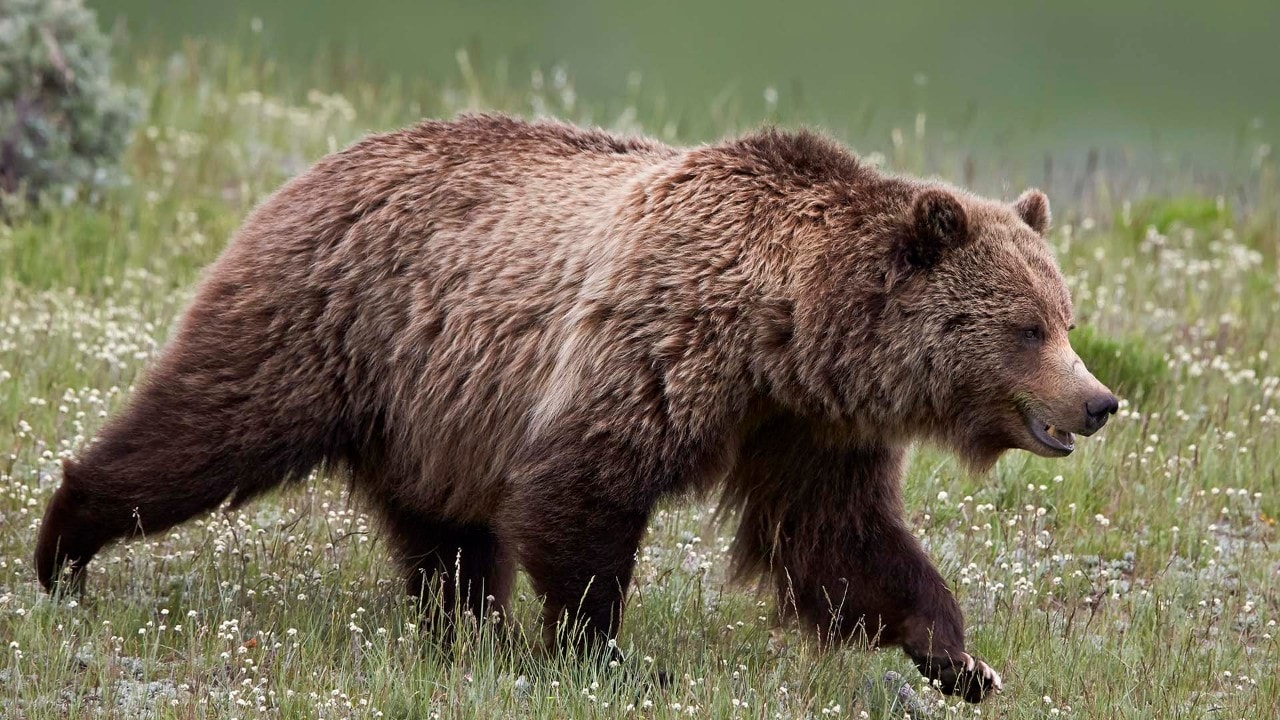
The center's grizzlies and wolves would fare poorly in the wild.
Keeper Kids/Keeper Crew
GWDC believes that wildlife education should start early, to discourage harmful misconceptions that can calcify later in life. Thus they offer a variety of educational programming, with the centerpiece arguably being the "Keeper Kids" and "Keeper Crew" programs. For kids aged 5 to 12, hands-on trainings are offered twice a day on grizzly bear eating habits and ways to stay safe. Teenagers can then join the Keeper Crew, helping prepare the bears for the little kids' program. It's the type of programming that treats kids with respect and recognizes that some of our best learning opportunities happen outside the confines of a classroom.
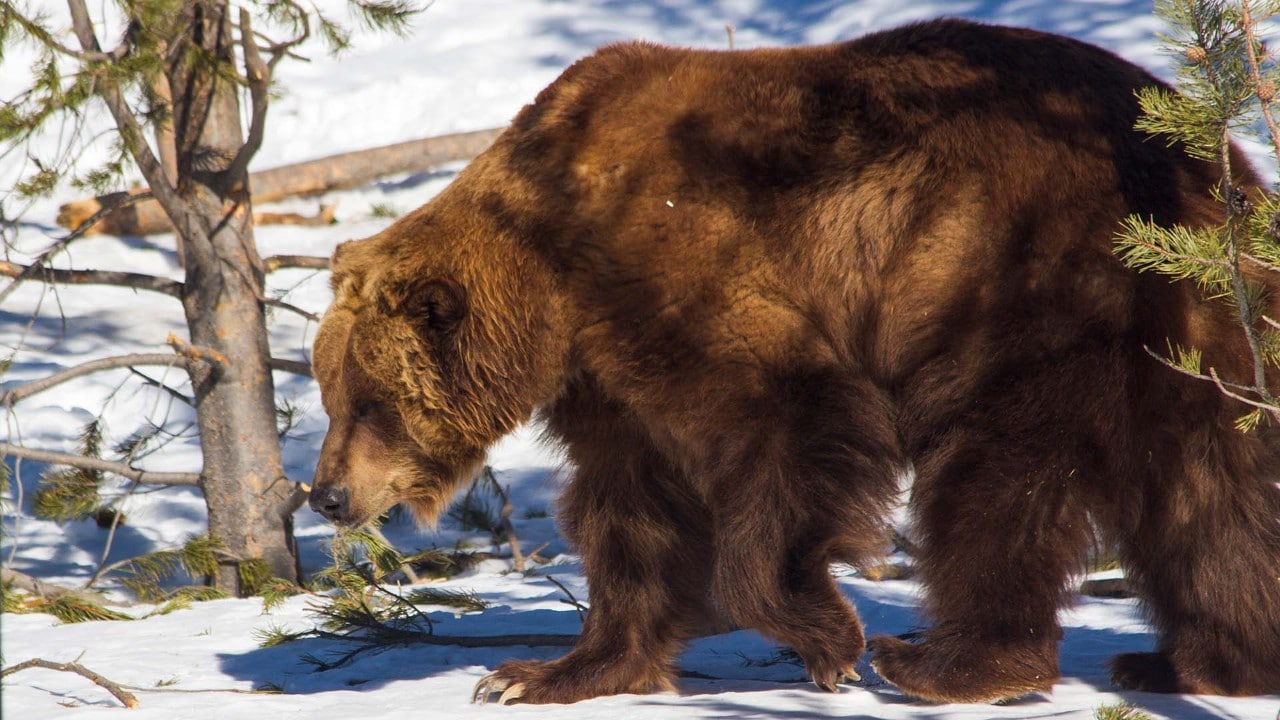
The center is open every day throughout the year.
Wildlife Watching 101
Yellowstone National Park is enormous, nearly 3,500 square miles, so you’re not guaranteed to see a wolf or a bison on your first visit. GWDC gives educational seminars on which parts of the park you should explore to see the most animals. And of course, there are dangers involved when humans mingle with big game, so the trained instructors will show you things like the appropriate amount of distance to maintain at all times and the best gear to pack.
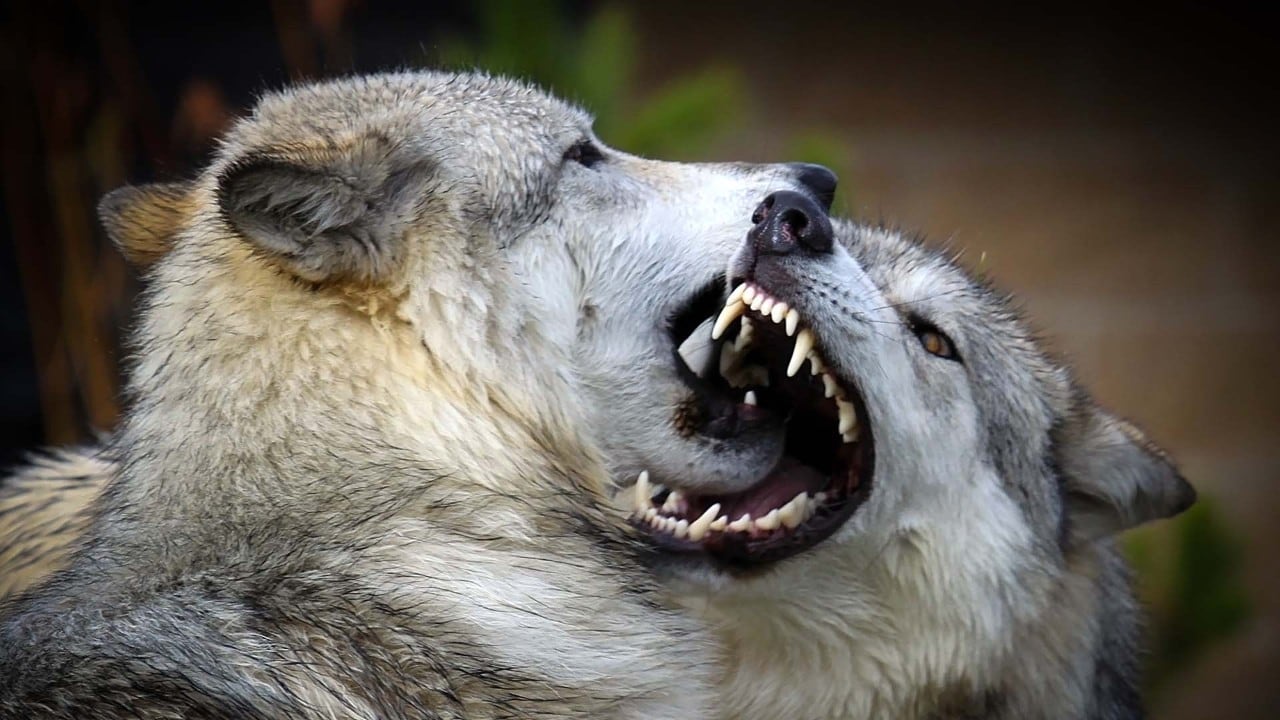
Wolves at play
Adopt an Animal
GWDC is serious about giving its animal residents the best lives possible, so they created an innovative adoption program. For a donation of $40 to $500, armchair philanthropists can choose one of the center's bears, wolves or raptors to "adopt" for a year. Depending on how much you shell out, you can get benefits ranging from a cute wall certificate to a special behind-the-scenes bear den tour for you and three friends. These rewards are cool, and you know exactly who the (furry) recipients of your money will be.
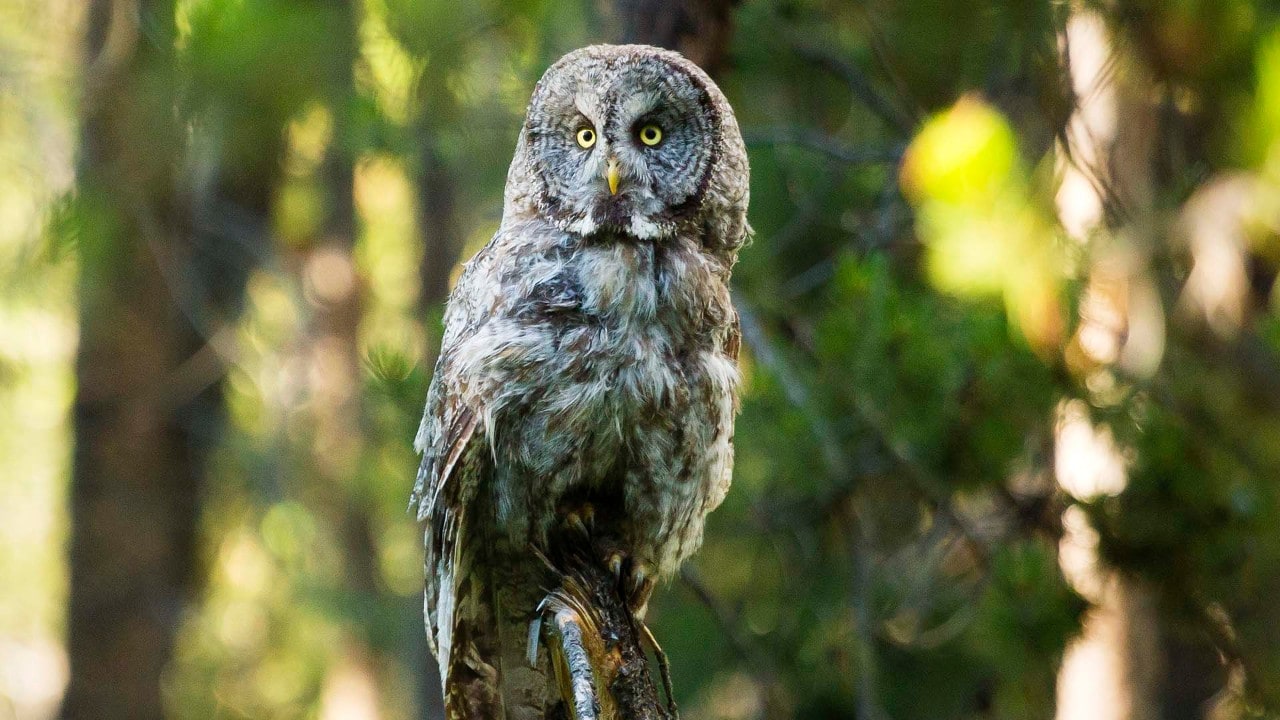
Owls and other raptors are viewable from May to November.
Raptors!
They may not be in the center's name, but birds of prey have become a significant part of GWDC's mission. From May to November, visitors can meet the crew of majestic winged wonders in a special outdoor raptor exhibit area. These hawks, eagles, owls and falcons are also dedicated teachers, making regular visits to area schools for educational programming. For a variety of reasons (often injuries), none of the birds are releasable into the wild, so it's a truly stunning opportunity to meet them up close.
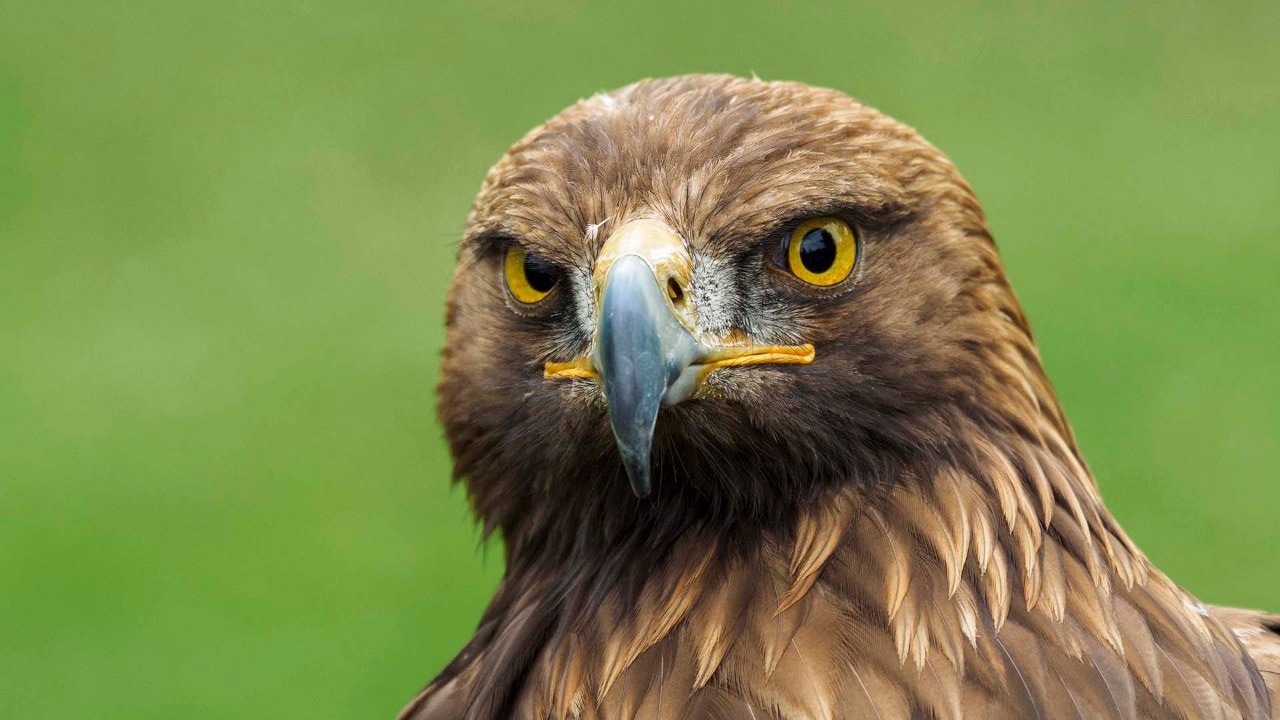
See a raptor up close.
Bear and Wolf Cams
Do you love grizzlies and wolves but you're stuck at your boring old day job? Well, GWDC's bear and wolf cams can give you your fix around the clock, whether you're wrestling with insomnia or just reminiscing about your last trip to Yellowstone. You can see all sorts of fun behavior patterns on display, punched up a bit when it's feeding time. There may not be an animal on camera at all times, though — these aren't trained performers — so have a little patience if they're off roaming somewhere.
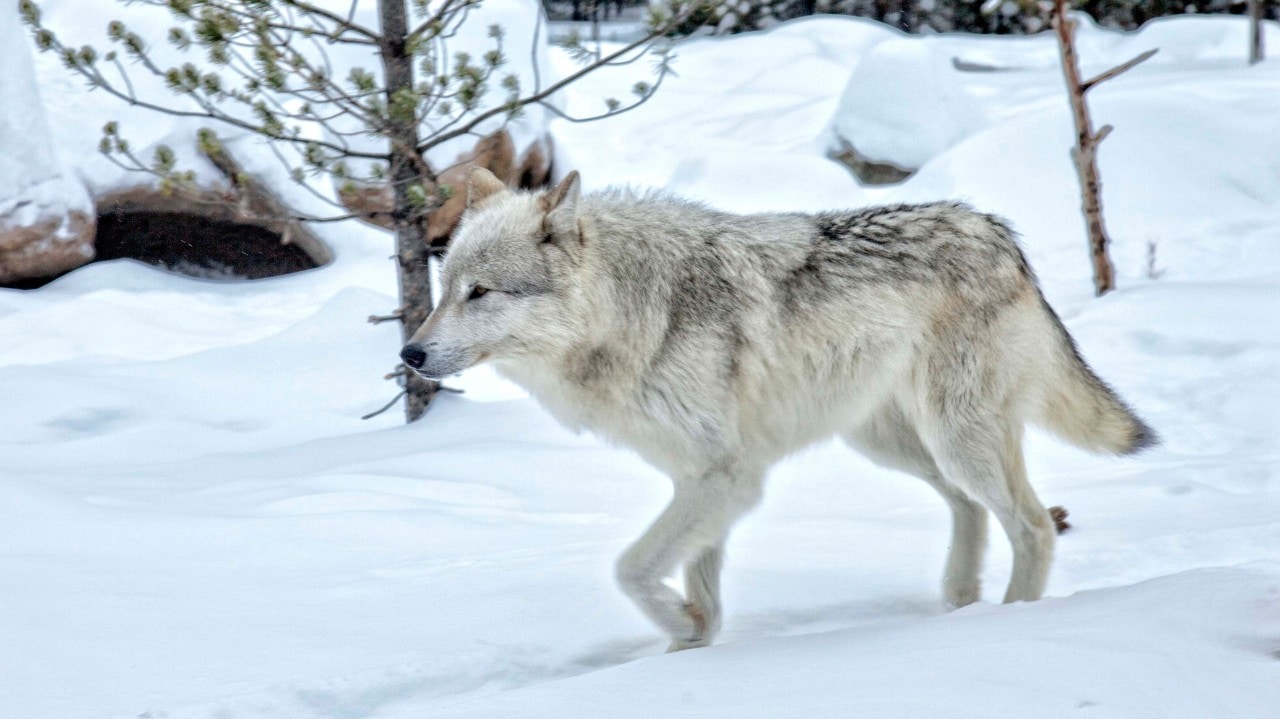
Gray wolf
Bonus: Trash Can Testing
This isn't something done specifically for visitors, but it's too cool not to mention. Every year, bears at GWDC test between 40 and 80 products for manufacturers, to determine whether or not it's OK to list "bear proof" on trash cans, picnic baskets and other secure containers.
To see what programs are scheduled before you visit GWDC, check out their regularly updated weekly calendar.
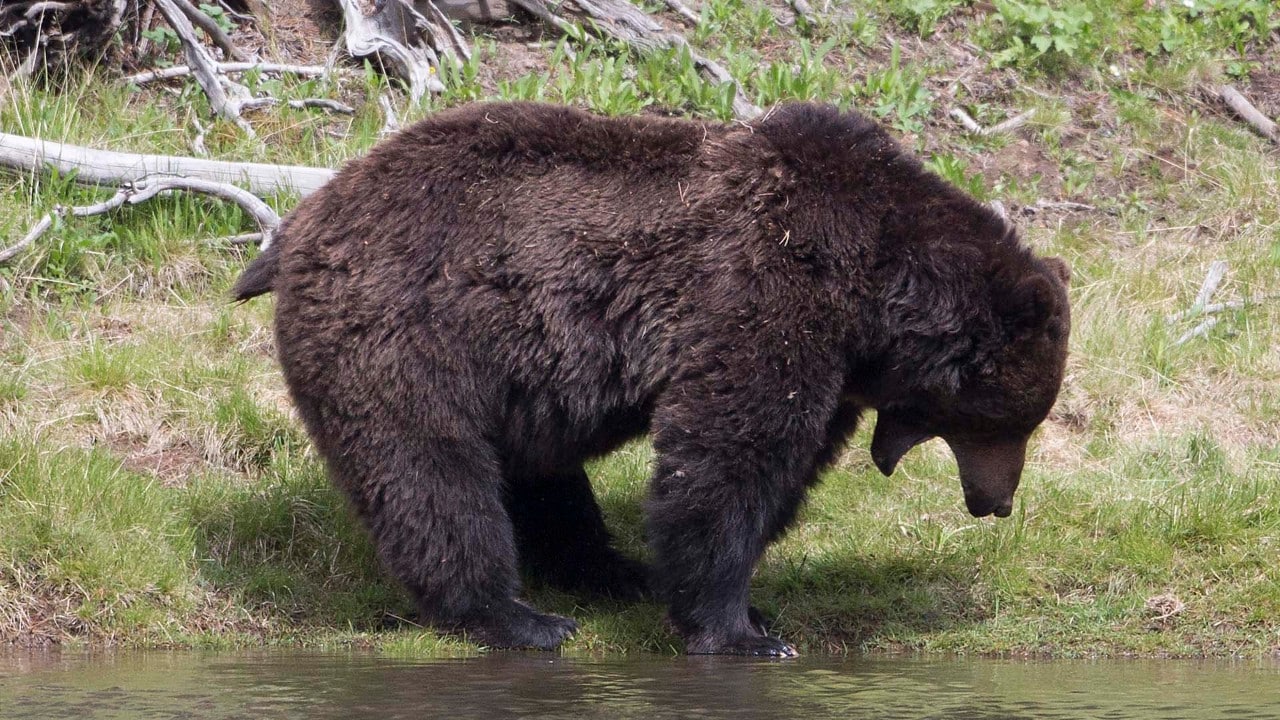
Grizzly bear
Related Articles
- Park Guide John Harmer
- Top 5 Sights in Yellowstone
- GWDC Center
- Wildlife Photography Tips
